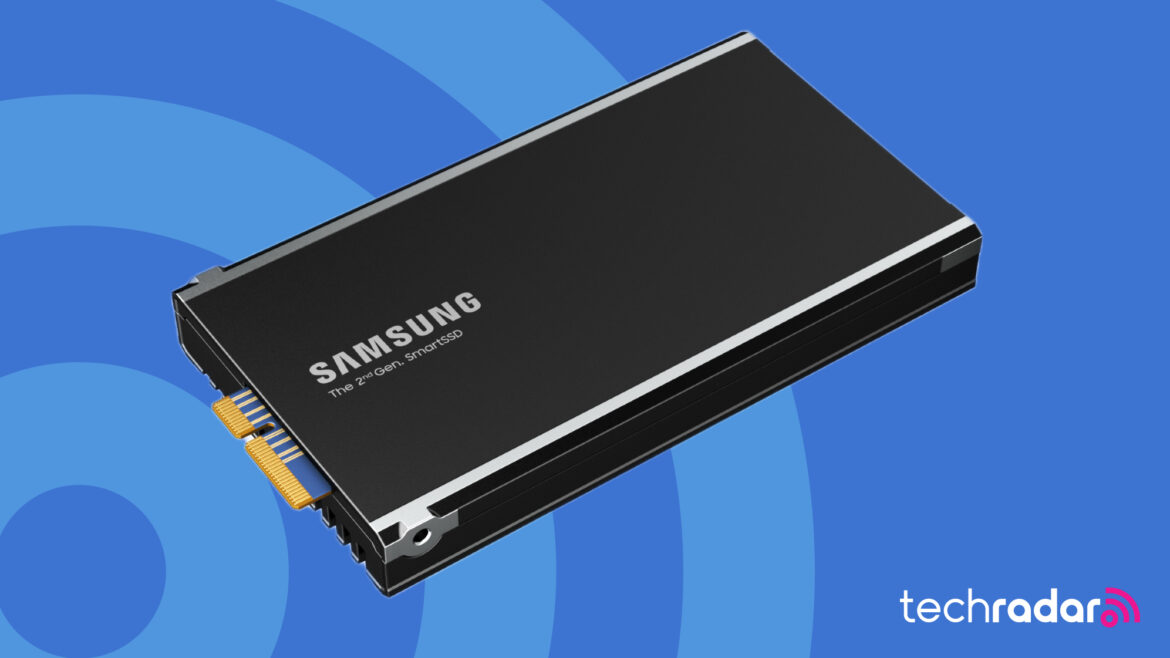Will Netflix ever actually develop and release its own big-budget videogame? That remains an open question, but it still seems determined to try—and it sure seems determined to do it using generative AI. The company is now on the hunt for a Los Angeles-based Director of Gen AI for Games, and it’s willing to pay an awful lot of money to whoever takes the role.
“We’re seeking a visionary and pragmatic Head of Gen AI to lead the strategy and application of Gen AI across our games organization,” the job listing (via Kotaku) states. “This role sits at the intersection of technology, product, and creativity—driving how we leverage cutting-edge AI to create meaningful, novel, and scalable experiences for players.
“You’ll serve as a key partner to our game studios, technology and platform teams, and leadership. Your mandate is to shape and scale our approach to Generative AI, from core capabilities to in-game features to entirely new forms of play, anchored in both what’s technically feasible and what’s compelling for players.”
Related articles
Prospective candidates will need to have at least 10 years experience in the industry, “demonstrating a comprehensive understanding of the end-to-end game development lifecycle, from concept to live operations,” along with various other qualifications. In exchange for their service, Netflix is prepared to pay—along with a comprehensive benefits package—a salary range of $430,000 – $840,000.
I find this help wanted ad particularly interesting in the broader context of Netflix’s efforts to muscle in on the videogame business. The company brought on former EA and Facebook executive Mike Verdu as vice president of game development in 2021 and launched its first in-house game studio in 2022. But two years later, the studio closed without even announcing a project, much less releasing one.
Shortly after that, Verdu transitioned from VP of games to VP of GenAI for Games; four months after that, he transitioned into a guy who doesn’t work at Netflix anymore. And now it wants a new guy.
Directors may be cheaper than VPs (emphasis on the “maybe,” I really don’t know) but even if that’s the case, the salary on offer here, especially at the upper range, has not gone unnoticed amidst the seemingly endless deluge of layoffs that have plagued the game industry for years—which, I must mention, includes cuts at Netflix-owned Night School, the developer of the Oxenfree games, earlier this year.
“Sorry, there’s just no money for new projects” “we have to lay off hundreds of people to cut costs” “that show/game/studio has been canceled and closed due to lack of profits”
— @kendrawcandraw.bsky.social (@kendrawcandraw.bsky.social.bsky.social) 2025-10-03T16:54:29.054Z
Netflix wants to pay someone half a million dollars a year to be “director of genAI for games”.
Your first Unity tutorial project makes you overqualified.
— @coil.bsky.social (@coil.bsky.social.bsky.social) 2025-10-03T16:54:29.006Z
I am not going to lie – if Netflix wants to pay me half a million a year to tell them that GenAI is a scam and should be avoided this is a service I am willing to provide. I will say it REAL SLOW.
— @willwarmstrong.bsky.social (@willwarmstrong.bsky.social.bsky.social) 2025-10-03T16:54:29.123Z
Netflix is certainly making no bones about its commitment to generative AI: In May the company said it plans to start showing “AI-generated interactive advertising” in 2026, and in July co-CEO Ted Sarandos gushed about the money and time saved by using generative AI instead of a conventional VFX team in its show The Eternaut, saying, “We remain convinced that AI represents an incredible opportunity to help creators make films and series better, not just cheaper.”




